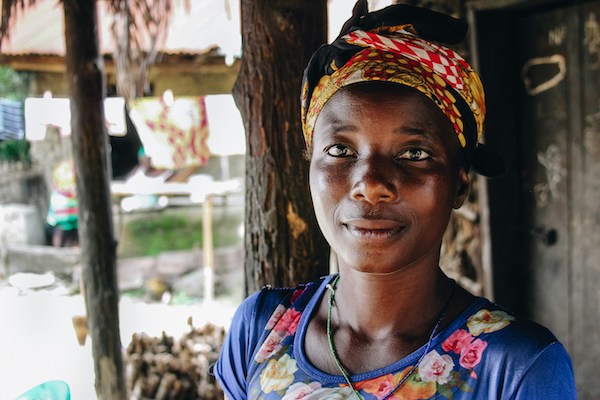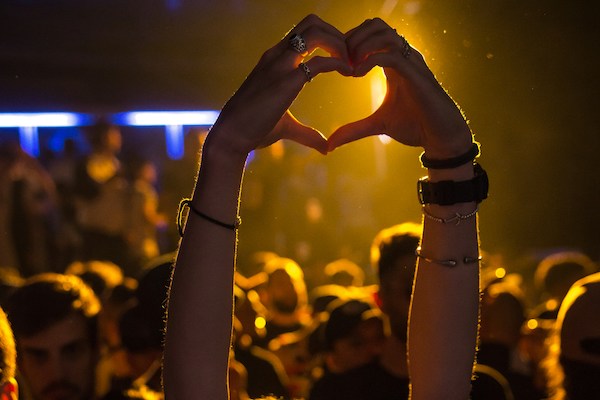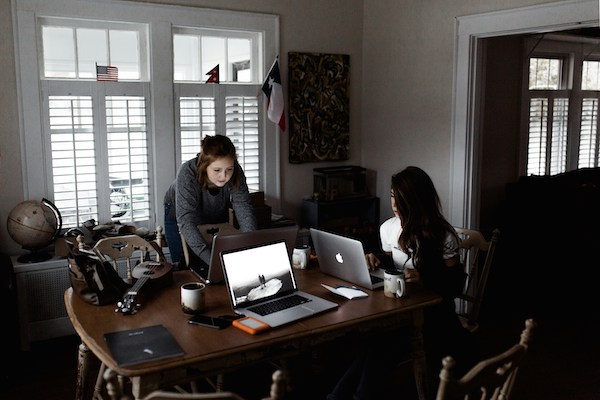
Looking Back at My Queer-Coded Quinceañera
April 22, 2024
EDM: How Queerness Shaped The Genre and Continues to Do So
April 26, 2024As LGBTQ+ people, we know that we aren’t welcomed, much less safe, everywhere. Our safety varies by country, state, city, neighborhood, and even household. Relocation seems to be the most obvious answer to this issue, but moving isn’t always a realistic option. Tagg sat down with two leaders at Rainbow Railroad, an organization created to aid at-risk LGBTQ+ folks in getting to safety, to discuss why that is.
A Flawed System
It’s important to start this conversation with one truth: relocating as a refugee is a process — one that can take weeks, months, or even years, to complete. In the simplest situations, prospective refugees must complete reams of paperwork, medical evaluations, security interviews, and visa applications. Now tack on common complications potential refugees encounter: translating paperwork between languages, finding help to fill out paperwork for those who can’t read and/or write, and filing exemptions for immigration requirements that may not be met.
Kathryn Hampton, Head of Impact at Rainbow Railroad, explains, “Refugee systems are ultimately set up to control immigration. As a result, there are a lot of criteria required for someone seeking to relocate to be eligible to move to a safer country.” Unfortunately, those criteria hinder much of Rainbow Railroad’s work.
“The systemic barriers that stop people from leaving [on their own] are the same barriers holding us back from helping,” Hampton says. In order to relocate someone, their case must be approved by the government of the country they’re hoping to relocate to, and they must have permission to exit the country where they are currently located. Someone may be deserving and in need of refugee status, but unable to cross international borders to reach a country where they can access refugee processing.
“It’s difficult because the criteria required by the U.S. government often don’t allow us to relocate people from countries where it is most dangerous for LGBTQ+ folks. These criteria also hinder our ability to relocate people from neighboring countries where many LGBTQ+ refugees go to escape danger in their home countries,” Hampton says. While these restrictions present real obstacles, they aren’t enough to make Rainbow Railroad give up. The organization frequently works with governments, sometimes for years, to build routes and pathways to relocate those most in need.
Intersectional Identities
Once LGBTQ+ refugees arrive in their new country, there are new challenges to address. Devon Matthews, Head of Programs at Rainbow Railroad, says that refugees often find they experience different forms of discrimination and oppression once they arrive. This is especially true for Black and Brown refugees.
When refugees seek out their home culture in their new homes (for example: visiting neighborhoods like Little India), they often encounter the same homophobia they faced before relocating. While their white counterparts can simply go to “gayborhoods” and other LGBTQ+-heavy areas and feel accepted, Black and Brown refugees may face racism, ableism, and xenophobia in LGBTQ+ spaces. “We’ve heard the people we help say, ‘There never really is an end. If it’s not running, it’s hiding. We always have to watch our backs,’” Matthews says.
For refugees of every ethnicity, adjusting to a new country can be tricky. “The toll of leaving hits people when they get to the United States,” Matthews says. Up until they arrive, refugees are in fight mode. Once people arrive, they relax. The physical and mental stress of leaving home and being in a new place hits all at once.” At this point, refugees need physical and mental healthcare, but there is a high barrier to healthcare in the U.S.
These needs can run even deeper for trans, nonbinary, and genderqueer refugees. For many, their arrival in the U.S. marks the first time they feel free to actually be who they are. In non-LGBTQ+-specific relocation teams, the need for gender-affirming medications can be misidentified as a distraction from the bigger issue of relocation. Procuring gender-affirming healthcare can be expensive and time-consuming. However, Rainbow Railroad prioritizes it. “We know that gender-affirming care is crucial and part of the healing journey,” Matthews says.
Making Progress
The need for LGBTQ+-specific relocation support is high. Rainbow Railroad does what it can as a small organization working with limited funding. Since their inception in 2006, they’ve helped over 13,000 LGBTQ+ people. Apart from their emergency travel program, they provide cash assistance, support organizations doing important work on the ground around the world, and provide non-monetary resources and counsel.
They also offer those of us in safe locations an opportunity to help. Rainbow Railroad’s Communities of Care program is designed to make landing easier for newly arrived refugees. “Everyone can help in their own way,” Matthews says. “You can offer friendship, provide employment if you own a business, aid in filling out forms and paperwork, and accompany refugees on grocery trips.”
Tagg readers can learn more about getting involved on Rainbow Railroad’s volunteer page. Volunteers that reflect the diversity of our community make it easier for incoming refugees to feel welcome and safe in a new place. That’s why people of all identities are needed to help — trans folks, queer folks, Black folks, Brown folks, and so on.
Leaving home for a chance at safety is a difficult decision. Thankfully, with the support of organizations like Rainbow Railroad and LGBTQ+ community members, more and more LGBTQ+ people facing danger are able to find a path to safety. And for those who can’t escape yet, there are people fighting every day to build them a path — their struggles are not ignored, and they are far from forgotten.






